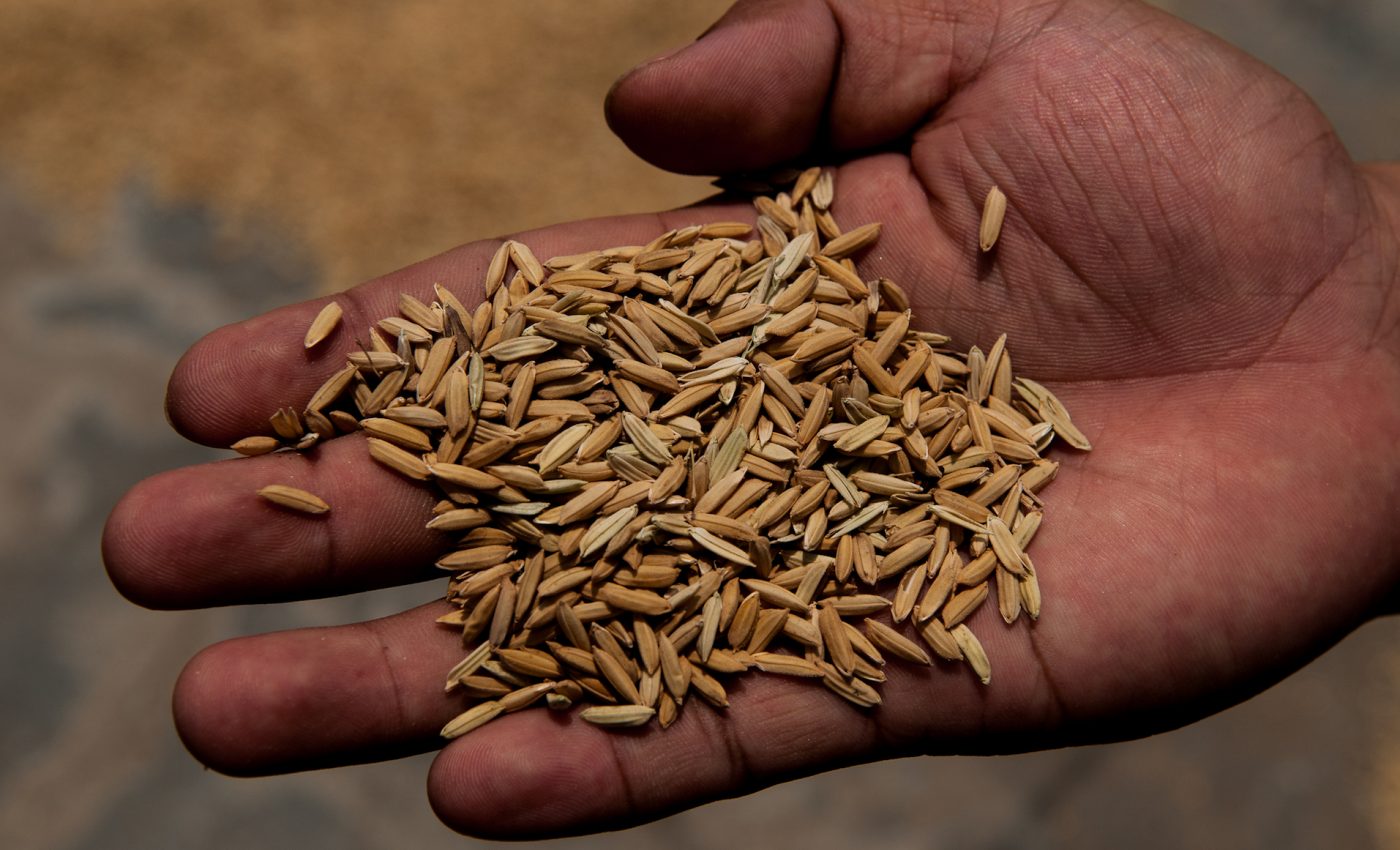
New tool measures how vulnerable farming regions are to climate change
Farmers are having an increasingly difficult time as a result of climate change, and developing countries are getting hit the hardest. Climate scientists have developed a tool to determine where farmers are the most susceptible to the changing conditions in an effort to guide the distribution of limited funding to where it is needed most.
The Climate Risk Vulnerability Assessment (CRVA) was created using the latest crop models to simulate the suitability of present and future climate conditions for specific crops. The scientists applied this data, as well as expertise from local farmers, to the current trajectory of high greenhouse gas emissions.
“While climate change impacts on dominant crops will have global and national ramifications, marginalized, poor communities that rely on small-scale agriculture will be the most affected,” said study lead author Louis Parker. “CRVA goes a step further in helping to identify where those vulnerable communities are.”
The study was conducted by the CGIAR Research Program on Climate Change, Agriculture and Food Security (CCAFS) in Vietnam, Uganda, and Nicaragua. These three developing countries are particularly vulnerable to extreme droughts, flooding, and heat.
The CRVA is different from existing vulnerability assessments because of its ability to integrate a wide range of crops, natural hazards, and social factors into a standardized score.
Study co-author Peter Läderach is a CCAFS researcher at the International Center for Tropical Agriculture (CIAT).
“CRVA is a big step forward for decision-makers, especially in countries across the tropics that are hard-hit by climate change,” said Läderach. “It has major potential to increase the efficiency of climate-related development projects for the most vulnerable smallholder farmers.”
The researchers used the definition of vulnerability outlined by the United Nations Intergovernmental Panel on Climate Change (IPCC), which describes a community’s vulnerability as a combination of its exposure, sensitivity, and adaptive capacity.
“Both the approach and information derived from the study can inform decision-makers and NGOs on ensuring strategic interventions that are targeted to best support rural communities most vulnerable to the impacts of climate change,” said Parker.
The study is published in the journal PLOS ONE.
—
By Chrissy Sexton, Earth.com Staff Writer
Paid for by Earth.com
Image Credit: Georgina Smith – International Center for Tropical Agriculture













